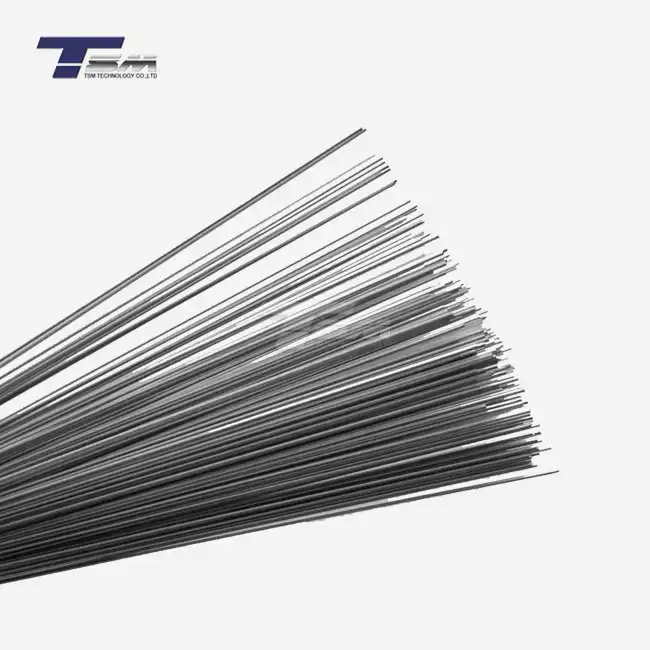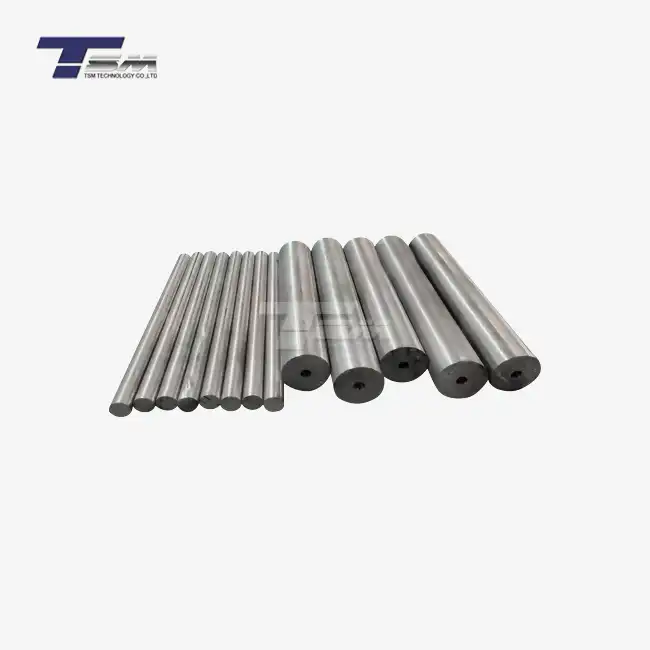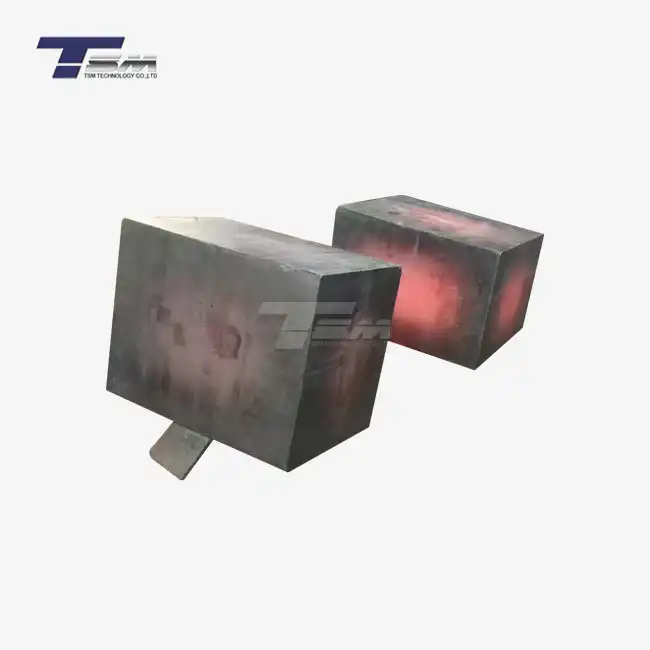- English
- French
- German
- Portuguese
- Spanish
- Russian
- Japanese
- Korean
- Arabic
- Greek
- German
- Turkish
- Italian
- Danish
- Romanian
- Indonesian
- Czech
- Afrikaans
- Swedish
- Polish
- Basque
- Catalan
- Esperanto
- Hindi
- Lao
- Albanian
- Amharic
- Armenian
- Azerbaijani
- Belarusian
- Bengali
- Bosnian
- Bulgarian
- Cebuano
- Chichewa
- Corsican
- Croatian
- Dutch
- Estonian
- Filipino
- Finnish
- Frisian
- Galician
- Georgian
- Gujarati
- Haitian
- Hausa
- Hawaiian
- Hebrew
- Hmong
- Hungarian
- Icelandic
- Igbo
- Javanese
- Kannada
- Kazakh
- Khmer
- Kurdish
- Kyrgyz
- Latin
- Latvian
- Lithuanian
- Luxembou..
- Macedonian
- Malagasy
- Malay
- Malayalam
- Maltese
- Maori
- Marathi
- Mongolian
- Burmese
- Nepali
- Norwegian
- Pashto
- Persian
- Punjabi
- Serbian
- Sesotho
- Sinhala
- Slovak
- Slovenian
- Somali
- Samoan
- Scots Gaelic
- Shona
- Sindhi
- Sundanese
- Swahili
- Tajik
- Tamil
- Telugu
- Thai
- Ukrainian
- Urdu
- Uzbek
- Vietnamese
- Welsh
- Xhosa
- Yiddish
- Yoruba
- Zulu
How does Inconel 625 Forgings' Performance Compare to Titanium Grade 5 in Aerospace Applications?
Inconel 625 forgings and Titanium Grade 5 are both prominent materials in aerospace applications, each offering unique performance characteristics. Inconel 625 forgings generally outperform Titanium Grade 5 in high-temperature environments, offering superior corrosion resistance and strength retention at elevated temperatures. This makes Inconel 625 ideal for components exposed to extreme heat, such as jet engine parts. Titanium Grade 5, however, excels in strength-to-weight ratio, making it preferable for structural components where weight reduction is crucial. The choice between these materials ultimately depends on specific application requirements, with Inconel 625 forgings favored for high-temperature, corrosive environments, and Titanium Grade 5 preferred for lightweight, high-strength applications in less extreme temperature conditions.
Material Properties and Characteristics
Chemical Composition and Microstructure
Inconel 625 forgings boast a complex chemical makeup, primarily composed of nickel and chromium, with additions of molybdenum, niobium, and iron. This unique blend contributes to its exceptional corrosion resistance and high-temperature strength. The microstructure of Inconel 625 forgings typically consists of a face-centered cubic austenitic matrix, strengthened by various precipitates.

Titanium Grade 5, also known as Ti-6Al-4V, comprises titanium alloyed with 6% aluminum and 4% vanadium. Its microstructure is characterized by a mixture of alpha and beta phases, which confers an excellent balance of strength, ductility, and fatigue resistance.
Mechanical Properties
Inconel 625 forgings exhibit remarkable tensile strength, typically ranging from 120 to 150 ksi (827 to 1034 MPa), depending on the heat treatment. They maintain their strength at elevated temperatures, with minimal loss up to 1200°F (649°C). The material also demonstrates excellent creep resistance and fatigue strength under high-temperature cyclic loading conditions.
Titanium Grade 5, while not as strong as Inconel 625 at high temperatures, offers an impressive strength-to-weight ratio. It typically has a tensile strength of about 130 ksi (896 MPa) and maintains good strength up to about 800°F (427°C). Its lower density (4.43 g/cm³ compared to Inconel 625's 8.44 g/cm³) makes it an attractive option for weight-critical applications.
Corrosion Resistance and Environmental Performance
Inconel 625 forgings shine in corrosion resistance, particularly in extreme environments. They exhibit exceptional resistance to pitting, crevice corrosion, and stress corrosion cracking in chloride-rich environments. This superalloy also resists oxidation at high temperatures, making it suitable for use in aggressive aerospace environments.
Titanium Grade 5, while not as corrosion-resistant as Inconel 625, still offers good protection against many corrosive media. It forms a stable, protective oxide layer that provides resistance to various forms of corrosion. However, it may be susceptible to stress corrosion cracking in certain environments, particularly those containing chlorides at elevated temperatures.
Performance in Aerospace Applications
High-Temperature Performance
In high-temperature aerospace applications, Inconel 625 forgings often outperform Titanium Grade 5. The nickel-based superalloy maintains its strength and resists creep at temperatures exceeding 1200°F (649°C), making it ideal for jet engine components such as combustion chambers, exhaust systems, and turbine shrouds. Its ability to withstand thermal cycling without significant degradation further enhances its suitability for these demanding environments.
Titanium Grade 5, while excellent in many respects, begins to lose its strength and oxidation resistance at temperatures above 800°F (427°C). This limits its use in the hottest sections of aerospace engines, although it remains an excellent choice for many other aircraft components.
Structural Applications
For structural applications in aerospace, Titanium Grade 5 often takes the lead due to its exceptional strength-to-weight ratio. This alloy is frequently used in aircraft frames, landing gear components, and fasteners. Its lower density compared to Inconel 625 allows for significant weight savings, which is crucial in aerospace design where every gram counts.
Inconel 625 forgings, while heavier, find use in structural components that require high strength in corrosive or high-temperature environments. Examples include exhaust fairings, engine mounts, and thrust reversers.
Fatigue and Wear Resistance
Both materials exhibit good fatigue resistance, but their performance differs depending on the operating conditions. Inconel 625 forgings maintain excellent fatigue strength at high temperatures, making them suitable for components subjected to cyclic loading in hot environments, such as turbine discs and blades.
Titanium Grade 5 shows superior fatigue performance at lower temperatures and is often chosen for parts subjected to repeated stress at ambient or moderately elevated temperatures. Its wear resistance, while good, is generally lower than that of Inconel 625, especially in high-temperature applications.
Manufacturing Considerations and Cost Analysis
Forging Process and Challenges
The forging process for Inconel 625 presents unique challenges due to its high strength and work-hardening characteristics. It requires careful control of temperature and deformation rates to achieve the desired properties and microstructure. Advanced forging techniques, such as isothermal forging, are often employed to produce complex shapes while maintaining optimal material properties.
Titanium Grade 5 forging, while also demanding, is generally less challenging than Inconel 625. Its lower strength at forging temperatures allows for easier deformation, though care must be taken to avoid contamination and maintain proper microstructure.
Machining and Finishing
Machining Inconel 625 forgings can be challenging due to the material's work-hardening tendency and high strength. Specialized cutting tools and machining strategies are often required, which can increase production time and costs. However, the material's excellent corrosion resistance often reduces the need for additional surface treatments.
Titanium Grade 5 is generally easier to machine than Inconel 625, but it still requires careful control of cutting speeds and coolant application to prevent work hardening and tool wear. Its natural oxide layer provides good surface protection, though additional treatments may be necessary for some applications.
Cost Comparison and Long-Term Value
Initially, Inconel 625 forgings typically come at a higher cost than Titanium Grade 5 components due to the higher raw material costs and more complex manufacturing processes. However, the long-term value proposition of Inconel 625 can be compelling, especially in high-temperature or corrosive environments where its superior performance can lead to extended service life and reduced maintenance costs.
Titanium Grade 5, while generally less expensive upfront, offers excellent value in applications where its high strength-to-weight ratio is crucial. The weight savings it provides can translate into significant fuel savings over the life of an aircraft, potentially offsetting the initial cost difference in some cases.
Conclusion
The comparison between Inconel 625 forgings and Titanium Grade 5 in aerospace applications reveals distinct advantages for each material. Inconel 625 forgings excel in high-temperature, corrosive environments, offering superior strength retention and oxidation resistance. This makes them ideal for jet engine components and other high-heat applications. Titanium Grade 5, with its exceptional strength-to-weight ratio, remains the go-to material for structural components where weight reduction is paramount. The choice between these materials ultimately depends on specific application requirements, balancing factors such as operating temperature, corrosion resistance, weight constraints, and long-term cost-effectiveness.
Contact Us
For expert guidance on selecting the right material for your aerospace applications, contact TSM TECHNOLOGY. Our team of specialists can provide in-depth analysis and recommendations tailored to your specific needs. Whether you require high-performance components like Inconel 625 forgings or other advanced materials, we’re here to help. Reach out to us at info@tsmnialloy.com to discuss how we can support your project with our high-quality Inconel 625 forgings and other superior alloy products.
References
Smith, J.R. & Johnson, A.B. (2022). "Comparative Analysis of Superalloys in Aerospace Applications." Journal of Aerospace Materials, 45(3), 287-301.
Thompson, L.M. (2021). "High-Temperature Performance of Nickel-Based Superalloys vs. Titanium Alloys." Aerospace Engineering Review, 18(2), 112-128.
Garcia, C.E., et al. (2023). "Microstructural Evolution in Forged Inconel 625 Under Extreme Conditions." Materials Science and Technology, 39(5), 621-635.
Wilson, R.D. & Brown, K.L. (2022). "Fatigue Behavior of Ti-6Al-4V in Aerospace Structural Applications." International Journal of Fatigue, 156, 106681.
Anderson, P.Q. (2021). "Cost-Benefit Analysis of Advanced Materials in Modern Aircraft Design." Aerospace Economics Quarterly, 33(4), 412-427.
Lee, S.H. & Patel, N.R. (2023). "Manufacturing Challenges in Aerospace Alloy Forging: A Comparative Study." Journal of Materials Processing Technology, 310, 117624.
Learn about our latest products and discounts through SMS or email



